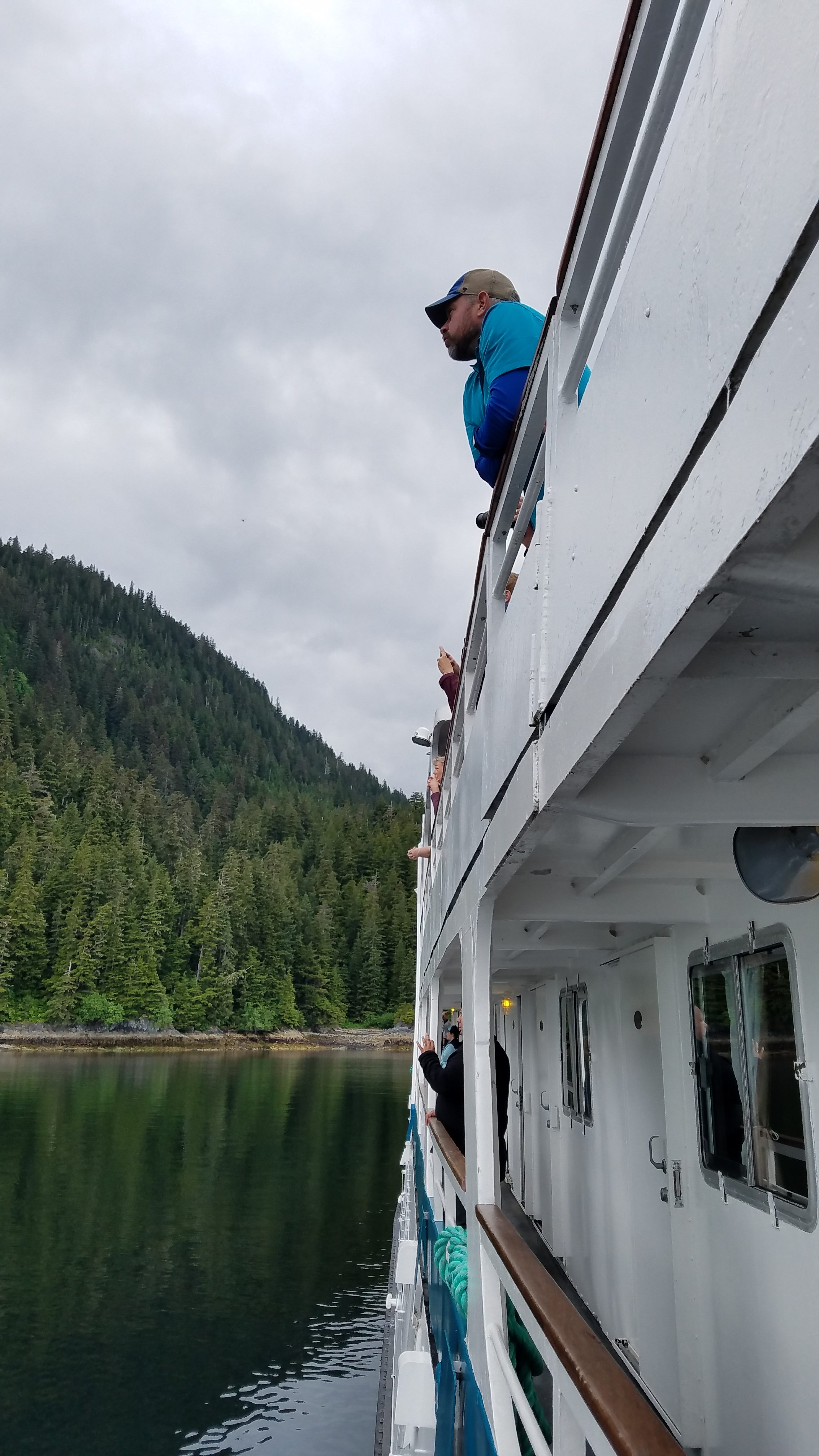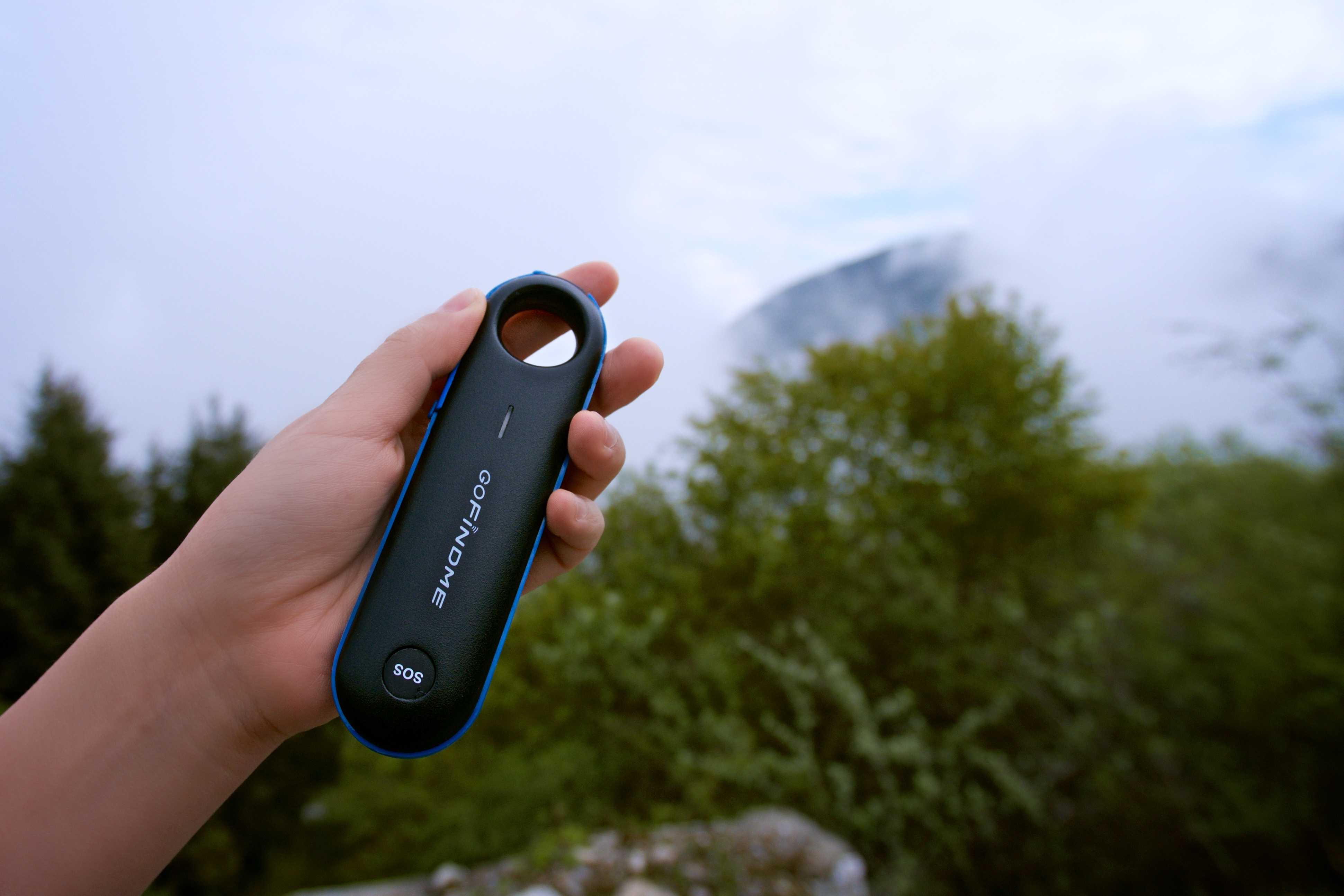Ah, vacations! Forget the job. Forget the errands. Forget the daily grind. Just pack up and go! And whether your dream vacation is a long road trip across America, the ultimate European holiday, or a cruise to far away places with strange sounding names, don’t forget the huge role that food plays in any vacation.
While everyone needs to eat, foodies love to eat! Especially local cuisines. If this description fits you, you definitely will want to take a food tour on your next vacation to enhance your travel experience.
Food Tour Amenities
If you’ve never heard of a food tour, it is a tour of local food and beverage makers and/or the restaurants, cafés, or wineries that sell them. A true food tour is professionally guided and lasts anywhere from two hours to several days. Depending on which tours you choose, the length of time involved, and what you will see and do while on tour, they generally cost between $35-$170 per person, but undoubtedly will cost considerably more if multi-day and/or if you book a private tour instead of a group one.
Common types of food tours include the following:
● Walking tours of the restaurants and shops in a specific city or neighborhood thereof
● Bus tours of ethnic neighborhoods
● Bicycle tours of a city or region
● Segway tours of particular neighborhoods
● Private car tours of a city or region
The whole purpose of a food tour is to give you the opportunity to immerse yourself in the local food culture, including its food ingredients and artisan products. You likely will also get a feel for the region’s history and culture, particularly as it applies to the foods and beverages produced there.
Food tours can include such things as a visit to a local winery, cheese shop, bakery, etc. where you will see how the food or beverage is made and get a taste sampling of it or them. You may also get the opportunity for a hands-on workshop experience in making the food or beverage yourself. Some food tours include a main meal at a restaurant or café as part of your cost, but with other tours you will need to actually purchase your meal.
Depending on the time of year of your vacation, the country and city you plan to visit, and the popularity of any given food tour, you would do well to book your reservations well ahead of your scheduled arrival date. Always make sure to carefully read the tour provider’s so that you fully understand exactly what your food tour includes, how it will be conducted, and what you can expect to experience on it.
French Food Tours
If you’re going all out for a European vacation, you can’t fail to go to France to sample some of the best foods and wines in the world. Paris is not only the City of Lights but also a foodie paradise. From escargot to croissants or baguettes to steak tartare to madeleines or eclair au chocolat to some of the best wines you’ll ever taste, the culinary joys of Paris are all there waiting for you to experience. Food tours abound, including several full-day tours and the extraordinary Taste of Montmartre tour.
If your vacation schedule allows for it, however, be sure to spend several days in the Bordeaux area of France. Not only will you be treated to breathtaking scenery, but your palate will also think it’s died and gone to heaven. Think foie gras, duck confit and black truffles paired with bold and complex Bordeaux wines. Bordeaux offers a number of food tours, including walking and multi-day biking.
Italian Food Tours
If your European foodie vacation is a multi-country one, you should definitely include Italy on your itinerary. For one of the most unique food tours you’ll ever take, check out the four-day self-guided wine tasting tour in Chianti, Italy, that even includes a cooking class at Villa Bordoni. On this tour, you’ll visit family-owned wineries producing Chianti Classico, the red wine named for this region, as well as local restaurants serving exquisite lunches and dinners. By the way, lunch can last for up to three hours!
Food is powerful. The aroma and taste of local cuisines can stay with you for a lifetime and be the source of fond memories that are just as strong as those you experience when looking at your vacation photographs.






















